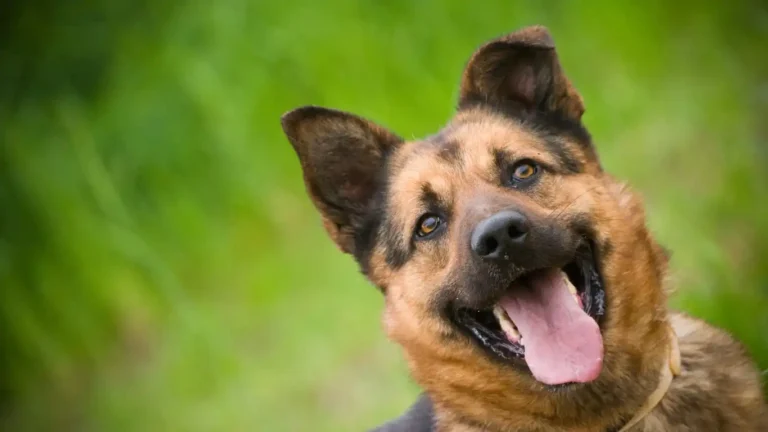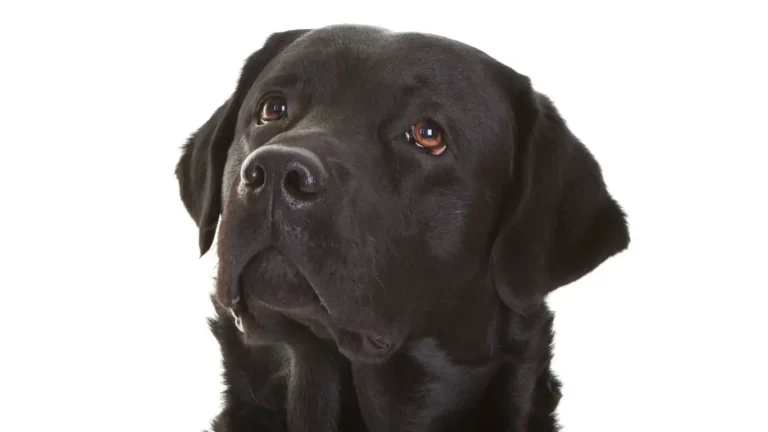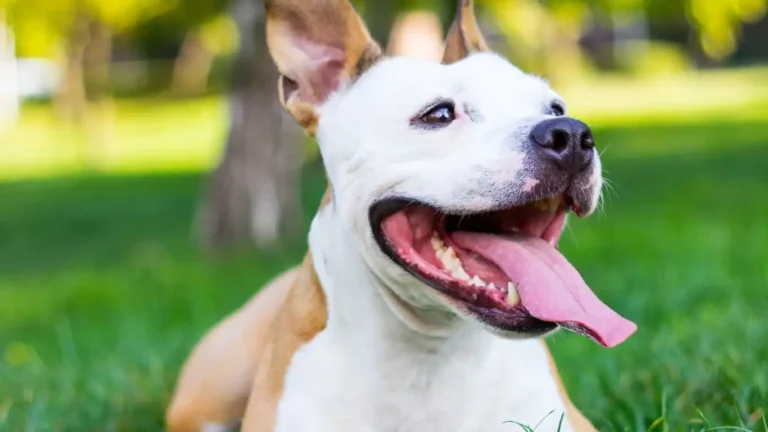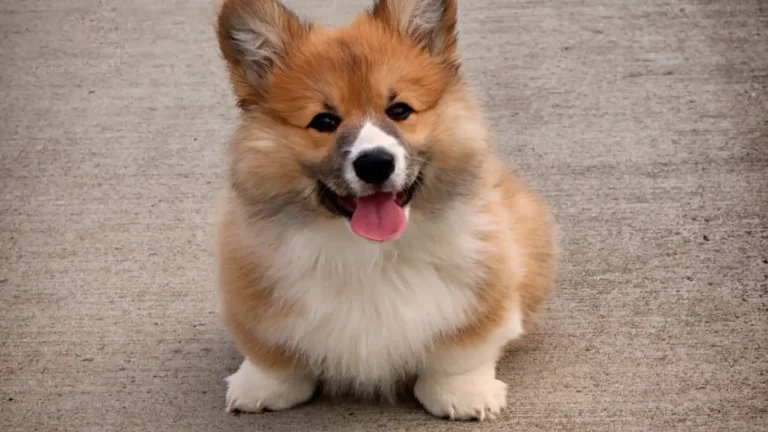Avoid Overfeeding Small Dogs with These Simple Daily Habits
Let’s talk about something I see all the time at the clinic—overfeeding. Especially with small dogs, it’s way more common than most people realize. I can’t count how many times I’ve had pet parents come in, worried about weight gain, sluggishness, or even joint issues, only to discover that the problem comes down to simple overfeeding. If you’ve ever found yourself wondering how to avoid overfeeding small dogs, you’re definitely not alone. It’s easy to slip up—those puppy-dog eyes are pretty persuasive—but knowing the right balance can make a huge difference in your pup’s health and happiness.
Why Portion Control Matters for Small Breeds
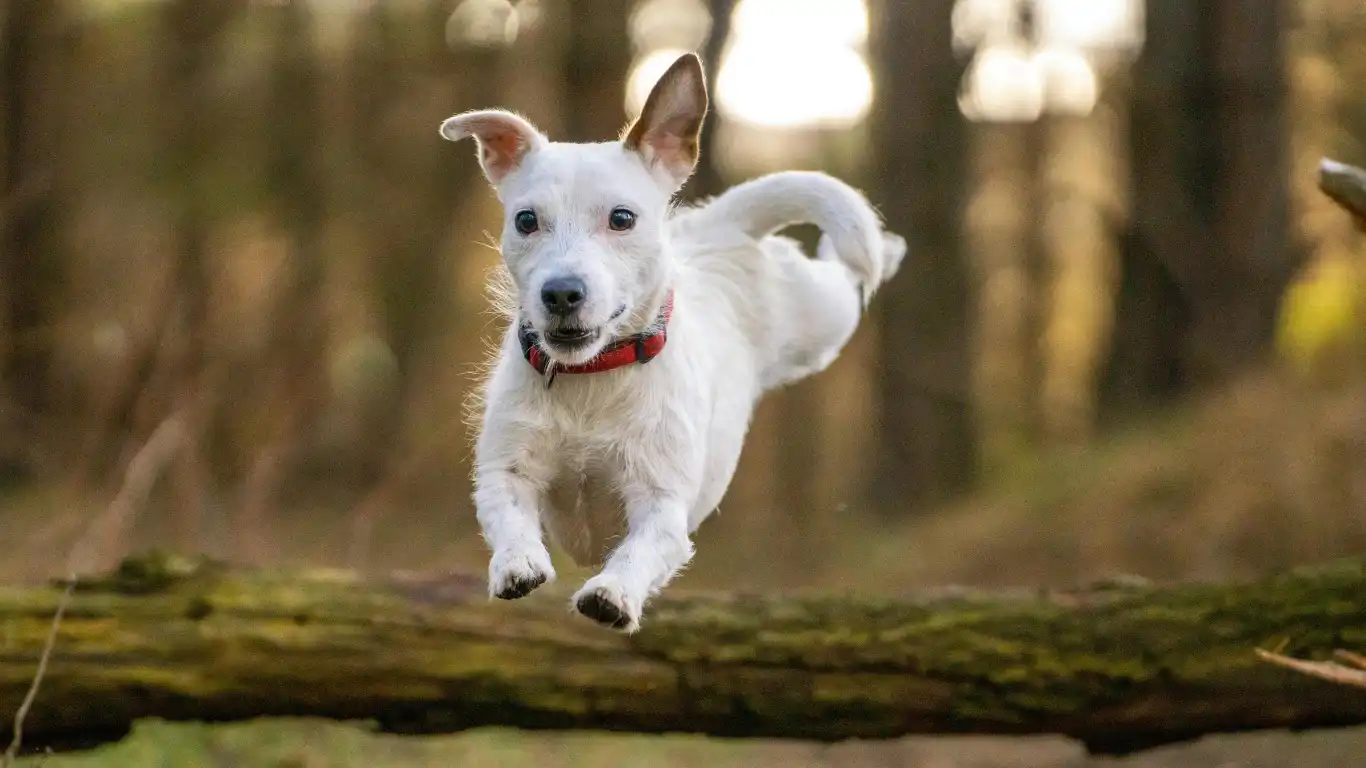
One of the biggest challenges I’ve seen with small dogs is their metabolism. These little guys have a higher metabolic rate, but their calorie needs are still, well, *small*. Just a few extra bites here and there can add up quickly. Think of it like this: a single treat for a chihuahua can be the equivalent of a whole donut for us. Overfeeding, even with the best intentions, puts stress on their joints, organs, and can lead to chronic health issues like diabetes and pancreatitis.
Back when I was working with a senior Yorkie named Bella, her owner was baffled about why Bella kept gaining weight. Turns out, she was getting “just a few” scraps of bacon every morning and a handful of extra kibble in the evenings. Those small overages added up to almost double her daily calorie needs. Once we corrected her portions and swapped the bacon for healthy, dog-safe treats, her energy bounced back and her weight started coming down.
How to Avoid Overfeeding Small Dogs

Understand Their Caloric Needs
Small dogs vary greatly in their energy levels and metabolism. A five-pound teacup breed might only need 150–200 calories a day, while a more active Jack Russell could require twice that. A good rule of thumb? Use your dog’s ideal weight (not current weight if they’re already overweight) and consult a veterinary nutritionist—yes, people like me! We can help you calculate those numbers based on breed, age, activity level, and health status.
Measure Every Meal
I always tell clients: “Eyeballing it is the fast track to an overweight pup.” Use an actual measuring cup or even a food scale if you want to get fancy. I had a client with a miniature dachshund who swore they were feeding ‘just a cup’—turns out their coffee mug held almost two full cups of kibble. Oops. Once they switched to a proper measuring tool, the weight started melting off.
Watch the Treats and Table Scraps
Treats should be no more than 10% of your dog’s daily caloric intake. That includes training rewards, snacks, and yes—even that bit of toast crust you “accidentally” drop. Here’s what I recommend:
- Swap commercial treats for sliced carrots or blueberries
- Use kibble from their daily portion for training sessions
- Avoid fatty human foods like cheese or bacon (sorry, pups!)
Stick to a Feeding Schedule
Small dogs do better with routine. Feeding at the same times every day—usually twice a day for adults—helps regulate their metabolism and reduces begging behaviors. Free-feeding (leaving food out all day) is one of the top reasons I see dogs gaining weight without owners even noticing. It creates this constant grazing habit that’s tough to break later on.
Reading Dog Food Labels Like a Pro
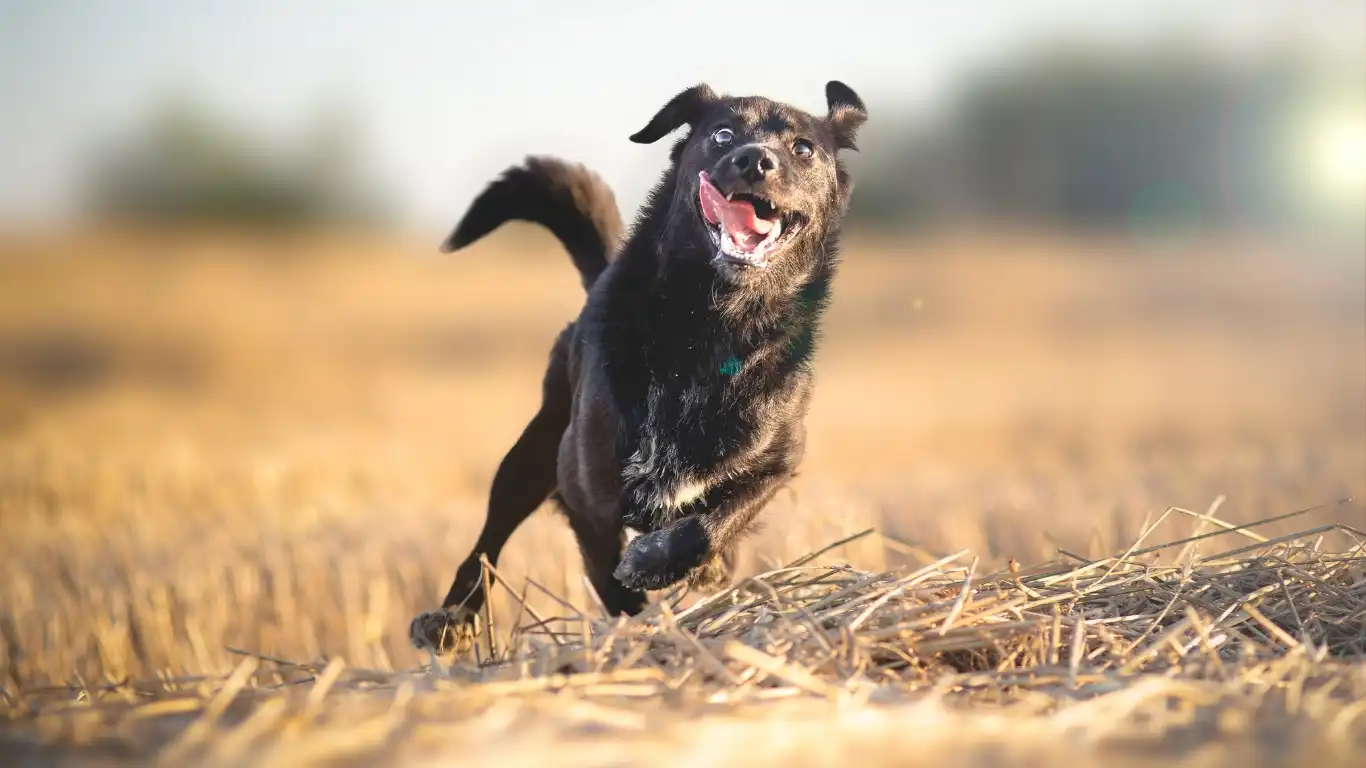
Let’s be real—dog food labels are confusing. Serving sizes are usually based on a broad weight range (like 3–12 lbs), which isn’t helpful when you’ve got a 4.5 lb dog. Plus, they often overestimate how much your dog really needs. Companies want you to use more product, right?
- Ignore the marketing buzzwords like “premium” or “natural.” They mean very little nutritionally.
- Look for feeding guidelines based on ideal weight and adjust according to your dog’s activity level.
- Check the calorie content per cup—not all kibbles are created equal. One brand might have 350 kcal/cup, while another has 500 kcal/cup. Huge difference.
I’ve had many clients assume “all small breed formulas are the same.” Nope! Some are calorie bombs in disguise. If in doubt, snap a photo of the label and bring it to your vet or vet tech (we love this stuff, seriously). We’ll help you break it down.
Recognizing Signs You’re Overfeeding (Before It Becomes a Problem)

Sometimes the signs are subtle—especially in small breeds who love to nap and cuddle. It’s not always about seeing a chubby belly. In fact, a lot of the time, clients come in saying their pup seems tired, less interested in walks, or has random digestive issues. Those can all be clues that your dog’s getting more food than they need.
Here are a few red flags to keep an eye out for:
- Visible weight gain: Obvious, but still overlooked. You shouldn’t see ribs, but you should feel them easily.
- Difficulty grooming or scratching: If they can’t reach around like they used to, it might not be age—it might be weight.
- Lethargy or slow movement: More weight means more work for tiny joints and hearts.
- Frequent loose stools or gassiness: Often tied to overfeeding or too many treats and scraps.
One little Shih Tzu patient of mine, Benny, started skipping his usual zoomies around the living room. His mom thought he was just “mellowing out.” A quick weight check told a different story—he was three pounds over his ideal weight. For a dog his size, that’s like 30 pounds on us!
Balancing Treats, Meals, and Love Without Overdoing It
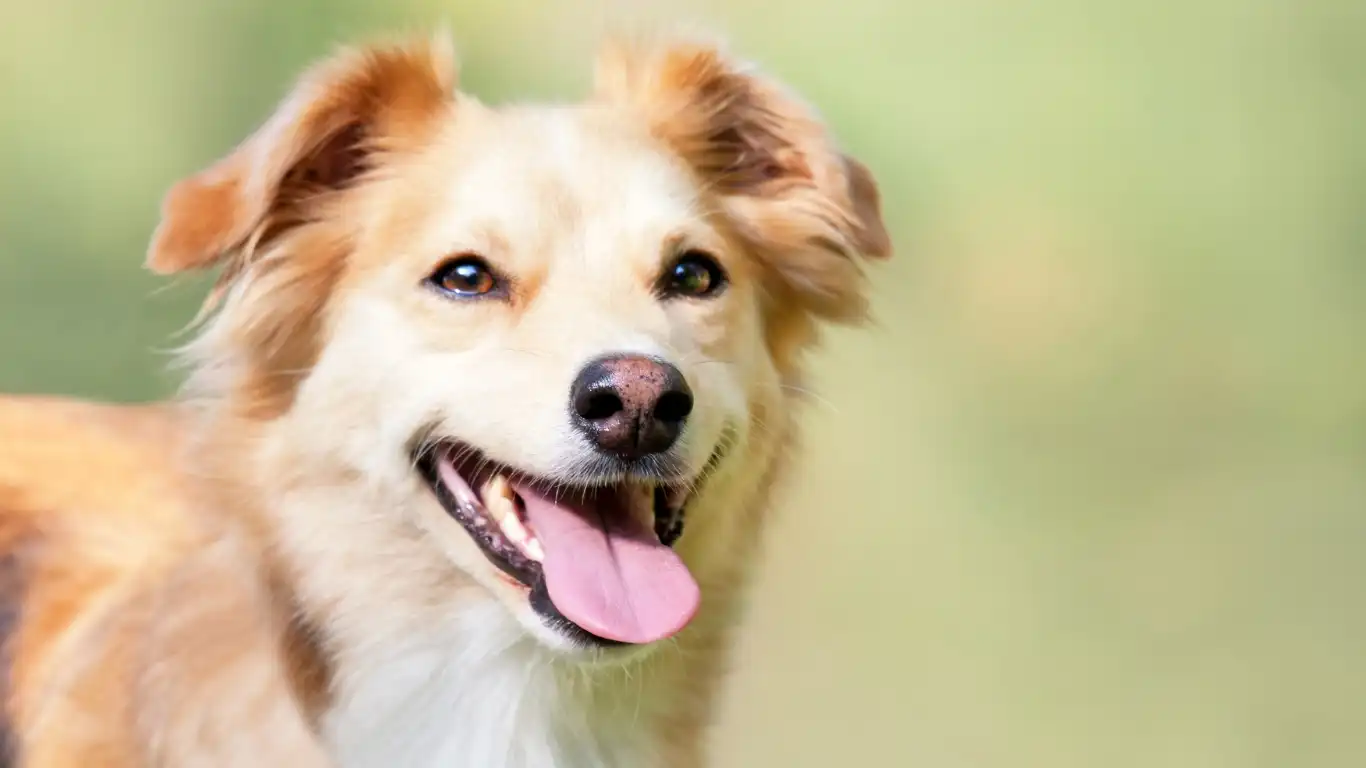
Here’s the thing—treats are more than food. They’re love, they’re training tools, and they’re how we bond with our dogs. I totally get it. But there’s a fine line between treating and over-treating. Once you start accounting for the calories from those goodies, it becomes clear how easy it is to go overboard.
Keep a Treat Log (Seriously)
It may sound like overkill, but even jotting down what your pup gets in a day can be eye-opening. Kibble, snacks, bits of toast, the crust from your sandwich, training rewards—they all add up. Just one slice of cheese can be half a small dog’s daily calories. When I was tracking treats for a Pom mix named Lulu, we found she was eating over 30% of her daily intake in snacks. No wonder she was gaining!
Switch to Low-Cal or Nutrient-Dense Treats
There are some really great options out there that won’t sabotage your dog’s meal plan. My favorites to recommend:
- Freeze-dried single-ingredient meats (like chicken or liver)
- Small pieces of green beans or sweet potato
- Air-popped plain popcorn (unsalted, no butter)
These treats keep the satisfaction without the empty calories. Plus, you can break them into tiny bits and make each one last longer—dogs don’t care about portion size, they care about frequency and excitement.
Consistency is Everything (Yes, Even on Weekends)

I know routines can slip on the weekends. Maybe the kids sneak them snacks, or you sleep in and feed them later. But dogs thrive on structure—and so does their digestion and weight management.
Set feeding times and stick to them as closely as possible. That includes:
- Same time, same portions every day – consistency helps their metabolism regulate properly.
- Inform everyone in the household – I’ve seen so many weight gain issues happen because grandma or the toddler keeps “sharing.” Create a system, or even a chart, to track feedings and treats.
- No guilt feeding – Dogs act hungry even when they’re not. That sad face? They know what works. Hold firm.
I remember a household where three different family members were each feeding little Max, the Maltese, without realizing the others had already done it. Poor Max gained four pounds in just two months. We created a daily tracker on the fridge with columns for meals, walks, and treats. Not only did Max slim down, but everyone in the house got more involved in his care. Win-win.
Exercise as Part of the Portion Puzzle

You can’t out-exercise a bad diet—true for people, and very true for dogs. But that doesn’t mean physical activity doesn’t play a role in keeping your pup trim and happy.
Smaller dogs don’t need hour-long runs, but they still benefit from:
- Daily walks – even 15–20 minutes twice a day helps burn calories and improve digestion
- Interactive play – fetch, tug-of-war, or chase games indoors or outside
- Enrichment toys – puzzle feeders and snuffle mats keep their brains and bellies busy without extra food
One of my clients had a French Bulldog named Otto who refused to walk further than the end of the block. We started using puzzle toys to make his kibble mealtime into a brain game. Not only did it slow his eating, but it got him more active and engaged. He lost weight just by playing with his food—literally.
When It’s Time to Reassess: Monitoring and Adjusting Your Dog’s Diet

Even when you think you’ve nailed your dog’s feeding routine, things can shift. I’ve seen it all—puppies that slow down as they hit adulthood, older dogs with less activity due to arthritis, and even neutered pets whose calorie needs dropped practically overnight. That’s why keeping tabs on your small dog’s weight and adjusting as needed is super important.
As a vet tech, I always recommend doing a monthly weigh-in at home if possible. You don’t need fancy tools—just a baby scale or even weighing yourself with and without your pup can work. Keep a little log, and if you see the number slowly creeping up or down, make tiny adjustments to their meals or treats before it becomes a big deal.
Here’s a simple check-in checklist I use:
- Feel the ribs: You should be able to feel (but not see) them without digging.
- Look from above: There should be a visible waistline behind the ribs.
- Check energy levels: Is your dog still eager for walks and play?
- Poop consistency: Sudden changes can indicate too much or too little food.
One memorable case was Peanut, a little senior Chihuahua whose weight slowly dropped. His owner had been feeding the same portions for years. But with aging came slower metabolism and less movement. We trimmed back his portion sizes just a bit, bumped up his fiber intake, and he stabilized beautifully without losing muscle mass.
Veterinary Guidance: Partnering with a Pro
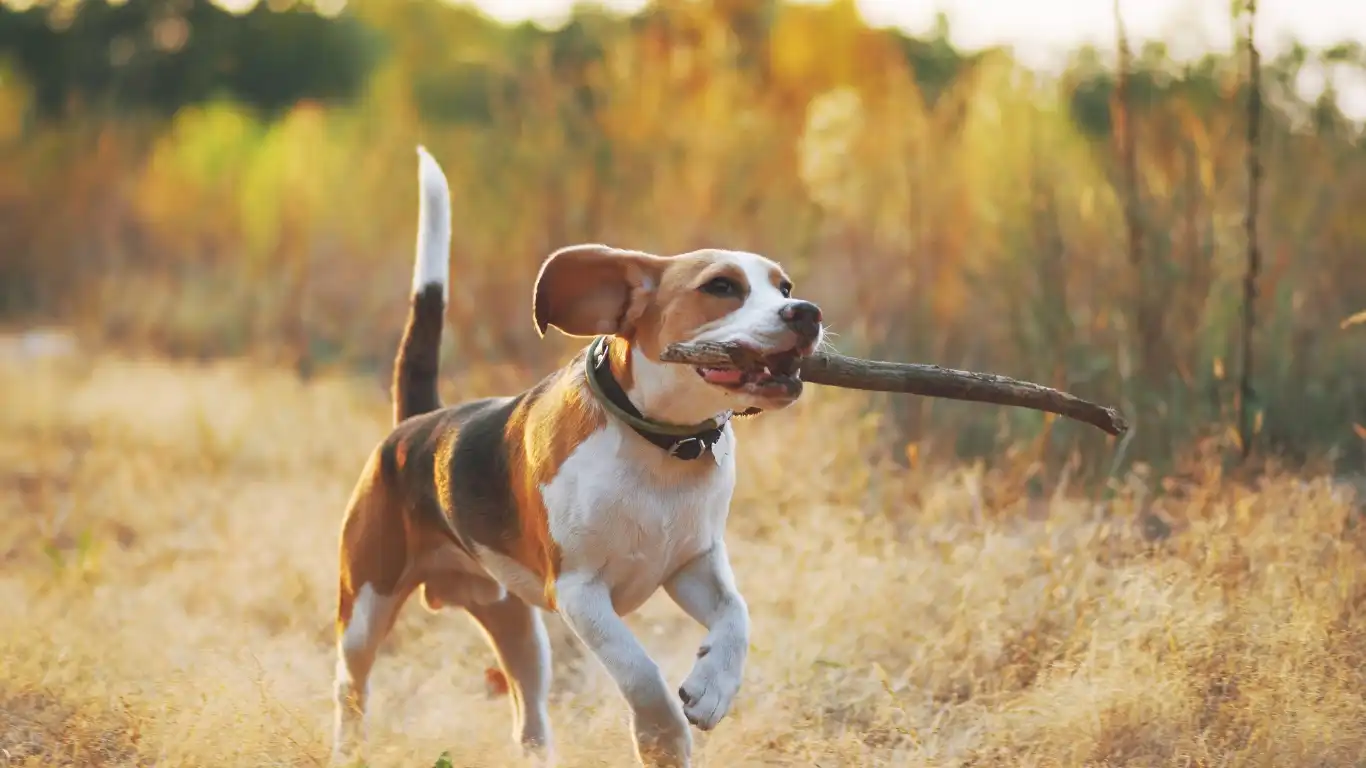
If you’re unsure about your small dog’s diet, weight, or feeding schedule, don’t wing it—ask for help. That’s literally what we’re here for. As a vet tech who specializes in nutrition, I can’t emphasize enough how valuable a nutrition consult can be. We consider breed specifics, lifestyle, health history, and even behavioral quirks (yes, picky eaters, I see you!) to build a plan that works.
Things your vet team can help with:
- Assessing ideal weight based on breed standards and health markers
- Identifying underlying issues contributing to weight gain (like thyroid or joint problems)
- Creating a gradual weight loss plan if needed (no crash diets here!)
- Recommending prescription or special diets for dogs with unique needs
I once had a client with a Yorkie-Poo who just could not lose weight despite reduced feeding. We ran labs and found early signs of hypothyroidism. With treatment and a dialed-in diet, she got back to her bouncy self in no time. Sometimes it’s not just about food—it’s about the whole picture.
Final Thoughts: Keep It Simple, Keep It Consistent
At the end of the day, learning how to avoid overfeeding small dogs is really about finding that sweet spot between structure and love. These little pups rely on us to make good choices for them, and yes, that means saying “no” to those adorable pleading eyes sometimes. It’s not about being strict—it’s about being mindful.
Keep your routine steady, watch their body language, and check in with your vet or tech team regularly. Feeding is more than a chore; it’s a big part of your relationship with your dog. And when you get it right, the results speak for themselves—healthy weight, happy energy, and fewer vet visits for preventable issues.
And don’t beat yourself up if you realize you’ve been overdoing it. It happens to the best of us. I’ve seen even the most devoted pet parents slip up. What matters most is catching it and course-correcting before it affects your pup’s long-term health.
Quick Recap: Your Small Dog Feeding Checklist
- Know your dog’s daily calorie needs
- Measure meals—no guesstimating
- Track treats (keep ’em minimal and healthy)
- Watch for subtle weight changes monthly
- Stay consistent with schedules and portion sizes
- Work with your vet team on customized plans
References
- American Veterinary Medical Association
- World Small Animal Veterinary Association
- Pet Obesity Prevention
- American Animal Hospital Association
Disclaimer
This article is based on my professional experience as a Veterinary Technician/Nurse specializing in canine nutrition. It is intended for informational purposes only and does not replace personalized veterinary advice. Always consult with your veterinarian before making changes to your dog’s diet or feeding routine.

